A Systems Approach to Striking the Body
Nathan Wagar
Striking the body effectively is a dying art. The evidence of this statement is apparent in the fact that when a boxer is good at striking the body, he is immediately referred to as a “body puncher,” much like a grappler that happens to employ footlocks in many Brazilian Jiu Jitsu gyms is referred to as a “footlock specialist.”
When we think of good boxers that are known for attacking the body, only a few spring to mind, fewer still that were so talented at using them that they forced their opponent to alter their strategy to deal with them.1)See for instance Mayweather Sr.’s observation of Freddy Roach’s advice to Pacquiao against known body puncher Ricky Hatton: “Of course that’s one of the things. I mean, defense wins fights. The name of the game is hit and don’t be hit. So, that’s what I’ve been playing with Ricky to do. I know Freddie Roach said on TV. Don’t let him hit your body; don’t let him hit your body. We’re going to hit that body. It’s just a matter of time. We’ve got 12 rounds in there to fight. You don’t go a round without your body being hit.” Floyd Mayweather Sr., audio conference with Bob Arum and Richard Schaefer, April 23, 2009, transcript, Golden Boy Promotions, Los Angeles, CA.
Striking is a complex game, and for beginners in particular, effective body punching can be difficult. Not only do they have to learn how to incorporate body punches safely into their game to avoid getting tagged in the head, but there are many targets within the body itself that require a level of precision that they do not yet possess.
If we approach the body as a complex adaptive system, we can use systems thinking to find a helpful rule of thumb for not just body punching, but targeting vital spots in general.
1. First we want to think of different aspects of the body as a separate system. This isn’t too difficult, since we learn in basic biology that the body is basically a collection of different systems, ranging from muscular to skeletal to nervous.
2. Next we want to remember a fundamental rule of complex systems, namely that the boundary where two systems meet will always be the most chaotic, meaning that there will be the highest number of variables. This boundary can also be referred to as the “edge.” 2)Think “edge of chaos.”
3. The secret to controlling complex hierarchical systems is by controlling the edges of systems with a lever, or a tool that controls the highest number of variables with a minimal amount of effort.
The human body is incredibly complex, with overlapping systems and functions that can make the mere concept of “pressure points” seem to be a hopeless goal in the dynamic nature of a fight. What we want then, is a system lever to aid in our targeting in real time, and so we will now take a look at some heuristics that will speed up this process.
1. General Heuristic: Strike where hard meets soft.
A massage therapist learns that muscles have a belly near the center, and then have origin and insertion points where the muscle begins and ends. These endpoints frequently overlap with those of the nearby muscle, and it is this area that tends to contain the most trigger points and muscle pain.
An example includes the spot around the crook of your elbow, where flexor and extensor muscles cross over the joint and attach one way, with the bicep tendons overlapping and attaching on the opposite side. This point of muscular overlap is an “edge” between two systems in the form of two muscles, but it also happens that this is the part where the structural joint of the elbow is most prominent and able to be felt.
This pattern is found over and over, from the knee joint to the hip joint to the rotator muscles in the shoulder. Muscles bellies give way to the overlapping origin and insertion points, and this is also where the skeletal structure tends to be most prominent.
Not only is it most prominent, however, this is also the most complex edge, and a strike to this edge of hard and soft elements of the body will frequently target the highest number of systems possible, giving us the most bang for our buck.
2. Specific Heuristic: The Fertile Crescent.
If we were to look only at the front of the body, we can see that the area where hard meets soft is along the outline of the lower ribcage, moving from one side up to the lower pectoral, and then curving downward to the floating ribs on the other side. This specific location of hard meets soft I like to refer to jokingly as the “fertile crescent.”
The fertile crescent contains a number of systems that increasingly overlap from one side to the other. The diaphragm (Ex. A) is present throughout the crescent, with an effective but hard to hit spleen on the one side (Ex. B), moving up to the solar or celiac plexus, renal arteries, stomach, and structural xiphoid process at the center, and the very large liver on the far side (Ex. C).
Structural targets are present on either side in the form of floating ribs. Striking too far to either side of the vertical divider lets us hit one system but not necessarily the other, so the key is to hit where the hard meets soft, and preferably to areas with maximum overlap of systems.
In this case, center to left as you are looking at the opponent contains the largest systems with the most overlap. What makes the liver shot so devastating is that striking the point where hard meets soft can directly affect the organ, the opponent’s ability to breathe, arterial and nervous as well as structural elements of the body, all with a single blow. The solar plexus itself branches out and is connected with the vagus nerve, which itself is known for knockouts when struck in the neck.
One strike can be a significant lever when delivered to the edge between systems. Practice targeting the fertile crescent, but also think of how to apply the hard meets soft concept to other areas of the body. You will find that the most devastating “pressure points” are typically clustered in these areas.
Ex. A
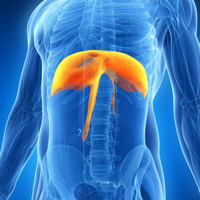
Ex. B

Ex. C

References
| ↑1 | See for instance Mayweather Sr.’s observation of Freddy Roach’s advice to Pacquiao against known body puncher Ricky Hatton: “Of course that’s one of the things. I mean, defense wins fights. The name of the game is hit and don’t be hit. So, that’s what I’ve been playing with Ricky to do. I know Freddie Roach said on TV. Don’t let him hit your body; don’t let him hit your body. We’re going to hit that body. It’s just a matter of time. We’ve got 12 rounds in there to fight. You don’t go a round without your body being hit.” Floyd Mayweather Sr., audio conference with Bob Arum and Richard Schaefer, April 23, 2009, transcript, Golden Boy Promotions, Los Angeles, CA. |
|---|---|
| ↑2 | Think “edge of chaos.” |

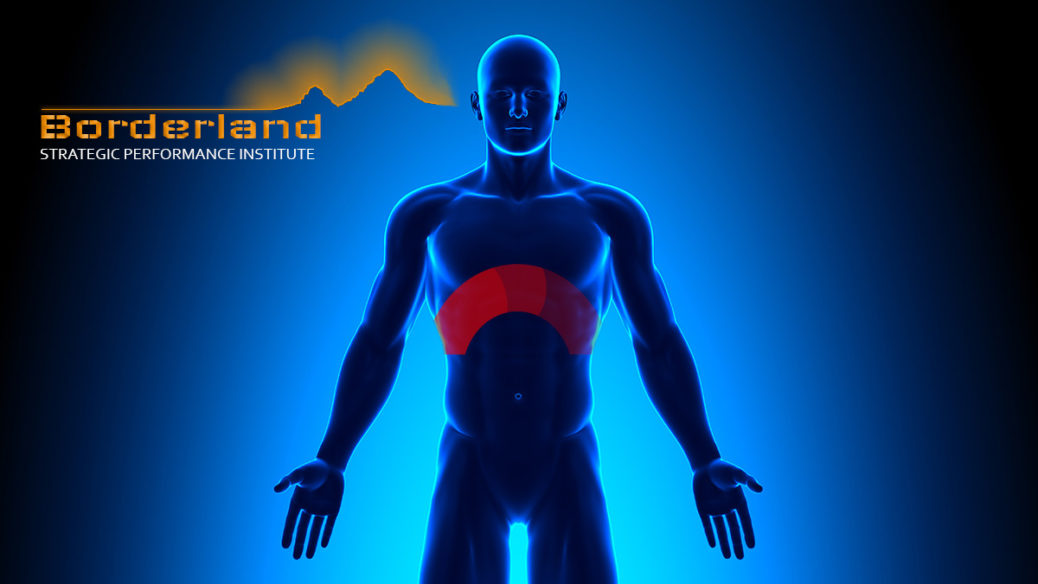
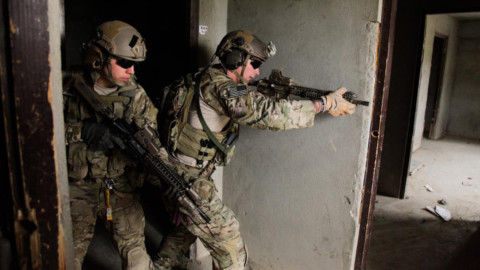
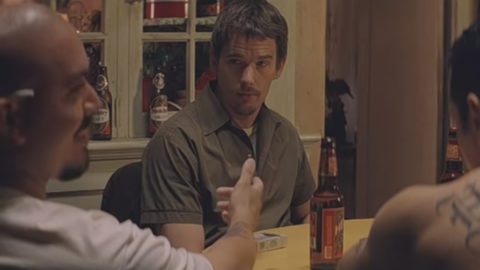
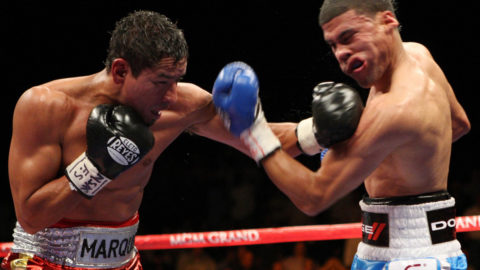



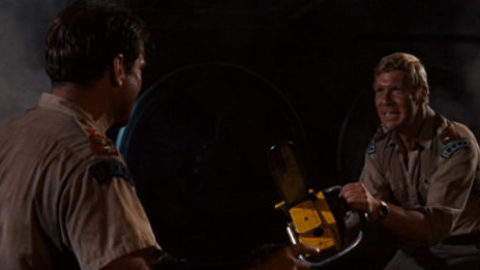
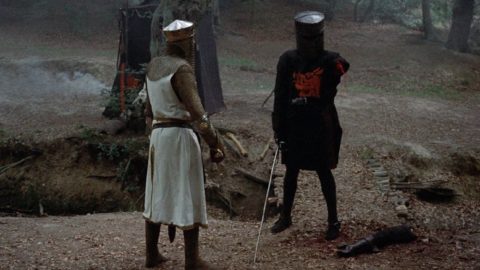
 Rob Brotzman
Rob Brotzman  Nathan Wagar
Nathan Wagar